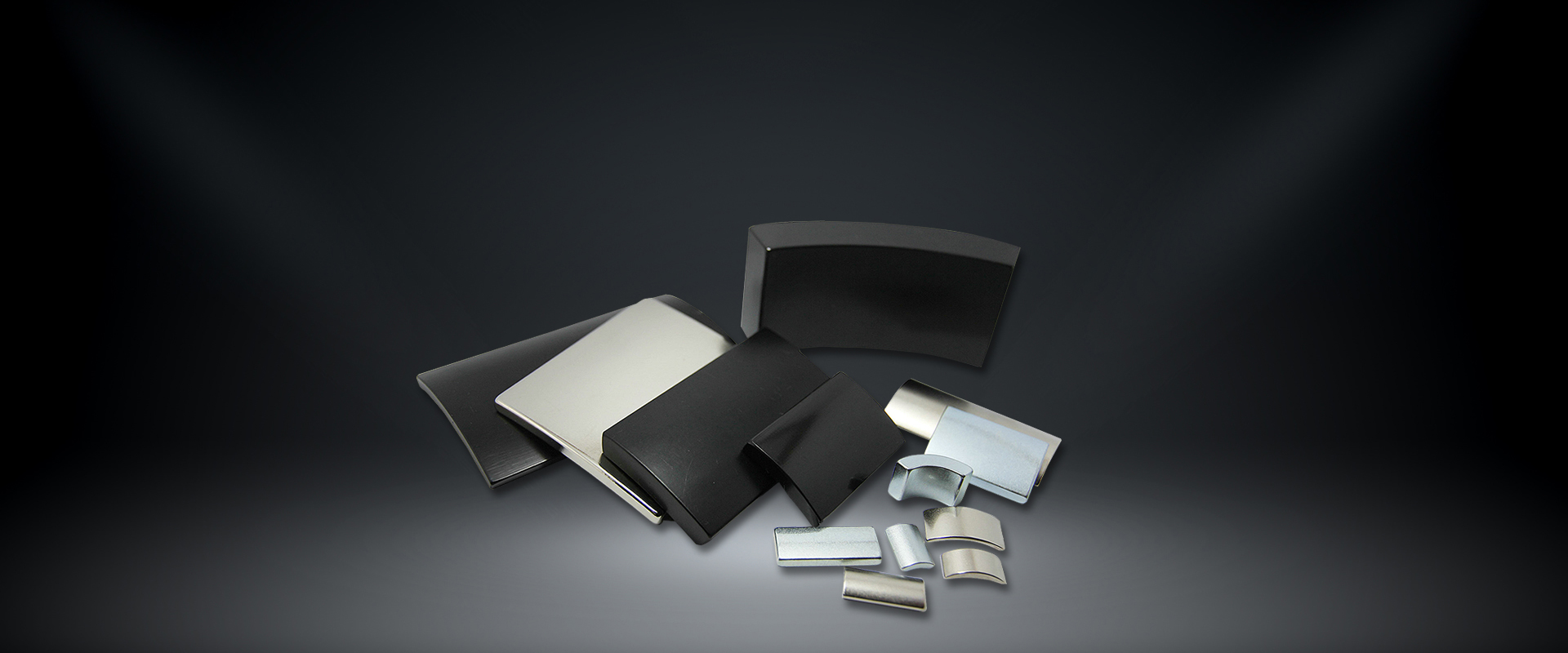

1. The magnetism of anisotropic magnets varies greatly according to the magnetization direction, so special attention should be paid to the direction of the anisotropy in the design.
2. The magnetic properties of the product catalogue may deviate in different sizes, shapes, etc., and should be confirmed by sample preparation.
3. When self-magnetizing, the coercive force of the material should be considered, and sufficient magnetic field should be provided to prevent the magnetism from failing to meet the requirements of the original magnetic circuit design. At the same time, pay attention to safety to prevent the head from bursting and the magnet from flying out.
4. When the user cuts and divides the magnet, it may cause the deterioration of the magnetic properties of the magnet or the phenomenon of poor magnetization.
5. Many magnet materials are hard and brittle. When used in high-speed rotation and vibration applications, special attention should be paid to maintaining the bonding strength of the magnet and the yoke, and design should be considered to avoid cracking and scattering.
6. When using adhesive to join magnets, magnets, yokes, pole pieces, etc., you should pay attention to the type, amount, conditions, and strength of the adhesive to confirm its reliability.
7. Magnets should be stored and used in a specific environment to avoid corrosion or deterioration of magnetism and strength caused by corrosive gases, high temperature and humidity, and low temperature environments.
8. The magnetized magnets should be kept properly and separated by non-magnetic materials (cardboard or PVC discs, etc.) to avoid mutual attraction of magnets and debris pollution, and should be kept away from the magnetic field to avoid demagnetization.